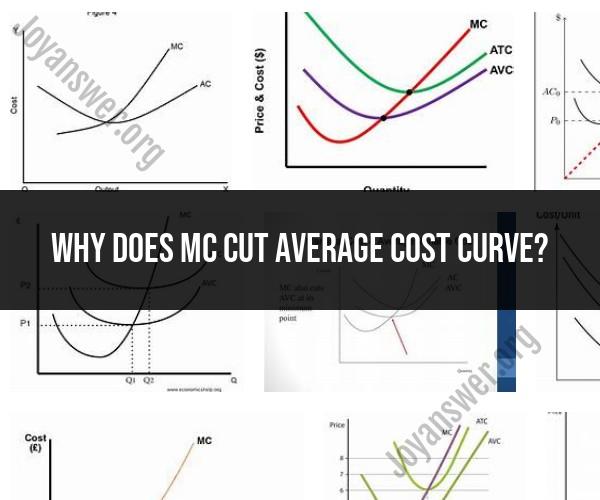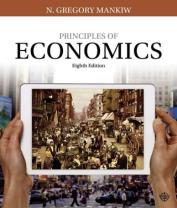Why does Mc cut average cost curve?
Marginal Cost (MC) and Average Cost (AC) are two important concepts in microeconomics that are closely related. The relationship between MC and AC is such that MC impacts the shape of the AC curve in the following ways:
MC Below AC (Declining AC):
- When the Marginal Cost (MC) is below the Average Cost (AC), it has a downward effect on the AC curve. This means that producing one more unit of a good or service is, on average, cheaper than the previous units. As a result, the AC curve tends to decline or decrease as production increases. This is often referred to as "economies of scale."
MC Equals AC (Minimum AC Point):
- At the point where MC equals AC, the AC curve reaches its minimum point. This represents the lowest average cost at which a firm can produce a given quantity of output. It's the point of maximum efficiency in production.
MC Above AC (Increasing AC):
- When MC exceeds AC, it has an upward effect on the AC curve. This means that producing one more unit of a good or service is, on average, more expensive than the previous units. As a result, the AC curve tends to rise or increase as production continues beyond the point of minimum AC. This is often referred to as "diseconomies of scale."
The key point to understand is that the relationship between MC and AC reflects how the average cost of production changes as a firm alters its level of output. Initially, as a firm increases its production, MC tends to be lower than AC, leading to declining average costs per unit. However, beyond a certain level of production, MC tends to rise relative to AC, leading to increasing average costs per unit.
This concept is crucial for businesses to understand when determining their optimal level of production and pricing strategies. It helps firms make decisions about how much to produce and at what point to stop expanding production to maintain cost efficiency.











